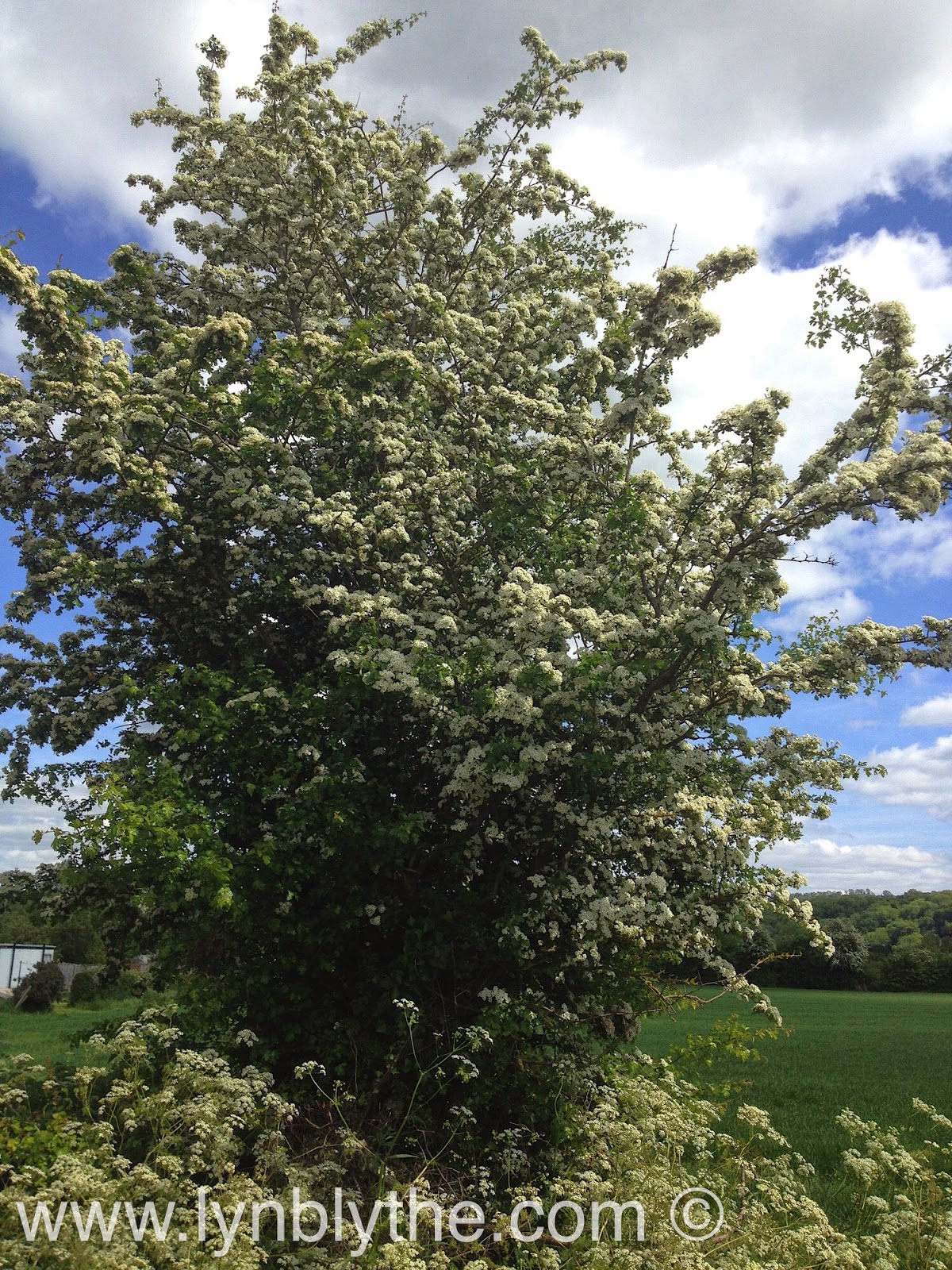The BMJ article cites and questions a study published in the New England Journal of Medicine which had reported a 48% reduction in risk of death following the vaccine - this was criticised for being an apparently impossible statistic when "influenza is estimated to only cause around 5% of all wintertime deaths". Furthermore, the controversy continues over whether the vaccine significantly reduces the chances of someone contracting the illness at all, or reduces their chances of developing complications from influenza (Nichol, 2007; Simonsen, 2005; Simonsen, 2007; Doshi, 2013).
So, should you decide against the "flu jab", are there alternatives?
Food!
Trying to stay healthy whilst eating a poor diet is like trying to run your car on water!
However, this also necessitates good digestion, as we can only use what we can digest and absorb. Indeed, it is impossible to overstate the importance of resolving any digestion issues. So, counterintuitively perhaps, for any one with digestive symptoms, the first step in preventing a respiratory (or any other) infection, would be to address the cause of the digestion problems.
Herbs
Herbs and herbal medicines may be thought of as an extension of diet, since they are plant-based. A major advantage of this is that they are readily bioavailable as they are recognised by the body as foods, unlike most vitamin and mineral supplements.
There is much available information documenting the difficulty in accurately predicting which strain(s) of the 'flu virus will be prevalent the following season in order to design a vaccine to match (and controversy over whether/how effective the vaccine is, even when matched). However, another advantage of using herbs (and diet) to combat potential infections, such as influenza viruses, is that herbs are made up of vast numbers of antimicrobial constituents, including antiviral and immune supporting, as well as constituents which aid the digestion and absorption of these active constituents. Added benefits are that these protect against all pathogens (viruses, bacteria, and others) in the environment - not just one strain of 'flu virus! Furthermore, the pathogens are, as yet, unable to develop resistance to these natural substances due to the vast numbers of constituents working together to produce the effect.
Which herbs?
There are too many antiviral and immune supporting herbs to list!
However, not all herbs are safe for all people.
It is generally accepted amongst herbalists that a combination of a smaller dose of a few herbs, specifically selected for an individual, with their medical history in mind (for example, existing respiratory or immune conditions), has a greater effect that a larger dose of one. In addition, this allows herbs to be added which will enhance the absorption of the others. Different herbs will also be selected for prevention as opposed to if someone is already fighting infection. Another important consideration is when, and for whom, a tincture (medicine), syrup, capsules, tea, etc, will be more effective.
 |
| Echinacea spp |
Whilst echinacea is probably the herb that springs
to most people's minds, it is far from the only tool
in the herbalist's antiviral armoury!
Others with supporting research (and generations of traditional use) include elderberry, liquorice, ginger, Chinese skullcap, garlic, andrographis, rhodiola, boneset..... and many more, either as main antiviral "players", or as important adjuvants!
 |
| Pressing elderberry tincture (medicine) - a very messy task! |
If you want to read more:
Doshi, P. (2013). Influenza: marketing vaccine by marketing disease. BMJ 346: 3037
Nichol, K.L., Nordin, J.D., Nelson, D.B., Mullooly, J.P., Hak, E. (2007). Effectiveness of influenza vaccine in the community-dwelling elderly. New England Journal of Medicine 357: 1373-1381
Simonsen, L., Reichert, T.A., Viboud, C., Blackwelder, W.C., Taylor, R.J., Miller, M.A. (2005). Influence of influenza vaccine on seasonal mortality in the US elderly population. Archives Internal medicine 165: 265-272
Simonsen, L.,Viboud, C., Taylor, R.J. (2007). Effectiveness of influenza vaccine. New England Journal of Medicine 357: 2729-2731









